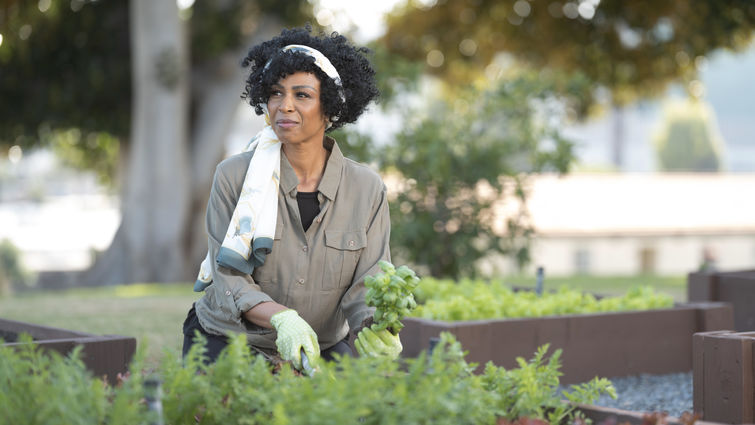
A woman living in the United States today faces a one in eight chance of being diagnosed with breast cancer at some time during her life, according to estimates from National Cancer Institute’s reports. Prevention and early detection are the best ways to prepare to handle risks associated with breast cancer, says Halley Vora, MD, medical director of the Breast Health Center at Loma Linda University Cancer Center.
For October’s Breast Cancer Awareness Month, Vora shares four steps you can take at home and in-clinic to prevent breast cancer or catch it early on.
Be aware of your breasts
The idea of breast self-examinations can induce anxiety for some women, Vora says. “It used to be that women were told to check their breasts every month for lumps and bumps, but that can cause a lot of anxiety,” she says.
To avoid stress from a process that should feel more like self-care, Vora recommends remaining aware of your breasts. "If you're showering or applying lotion, at those times, without a lot of stress, it’s a good idea to just check for any changes,” she says.
If you notice a difference in your breasts from the last time you looked at or felt them, Vora recommends bringing it up to your care provider. In addition, she says any symptoms of nipple discharge or a new lump or mass should also be checked by your care provider.
Attend regular screenings
Your care provider will check on your breast health and investigate any changes or symptoms you report, Vora says. They will perform a clinical breast exam — a physical exam of the breasts during which a physician checks for lumps or other changes.
Depending on your age, you may also undergo screening through a type of imaging called a mammogram, Vora says. A mammogram is a specialized X-ray image of the breast.
The American Cancer Society Guidelines for the Early Detection of Cancer offers a framework for breast cancer screenings:
- Women ages 40 to 44 should have the choice to start annual breast cancer screening with mammograms and discuss with their provider.
- Women aged 45 to 54 should get mammograms every year.
- Women 55 and can continue yearly screening or may discuss with their provider whether decreasing screening to every two years is an option.
Women with a family history of breast cancer or other high risk factors may be recommended for earlier, more frequent, or additional imaging. You should discuss with your provider to see which options are right for you, Vora says.
This breast imaging can detect early signs of cancer years before symptoms of the cancer can be felt. Attending regular screenings heightens your likelihood of detecting cancer at an early stage when it's treatable and curable. Delaying breast cancer screening will delay a diagnosis of breast cancer. If people don't come in, their cancer could present at a later stage when fewer options are available. The earlier breast cancer is found, the easier it is to treat.
Vora says it is also essential to talk with your primary care doctor before the screening to discuss how you want to handle the results.
Stay physically active
Engaging in regular exercise is good for you for many reasons, and one of them is to lower your risk of getting breast cancer. Decades of research demonstrate that physical activity is linked to a lower breast cancer risk, Vora says. In particular, she says data has shown that 150 minutes of moderate-level exercise per week, split up in any fashion, decreases someone’s risk of breast cancer.
There are many ways to keep physically active, and Vora recommends exercising in whatever method brings you joy and fulfillment: walking, dancing, biking, golfing, tennis, garden maintenance — the list goes on. Exercising is also a major way to reach and maintain a healthy weight, Vora says. Studies show that obesity is associated with an increased risk of breast cancer.
Consider genetic testing
Because of genetics, patients with a family history of breast cancer may be at a higher risk for developing the disease. Some people inherit mutations in specific genes that increase their risk of breast cancer. Vora says that level of risk can vary depending on individual circumstances: "How high that risk is depends on several factors such as how many and which family members have or had breast cancer.”
Genetic testing can look for mutations in some of these genes and provide patients and providers with more insights about their breast cancer risk and how to move forward with their care. In these cases, Vora encourages speaking with your care provider about whether genetic testing could benefit you.
“Starting a conversation with your primary care provider is always the best, and they can help guide you to what the next steps should be,” Vora says.
Get our newsletter for cancer-fighting tips, activities and recipes.
At Loma Linda University Cancer Center, physicians are committed to providing patients with compassionate, comprehensive and personalized care that gives them the best opportunity to face and overcome breast cancer. Learn more about breast cancer care at the Cancer Center online or call 1-800-782-2623.
